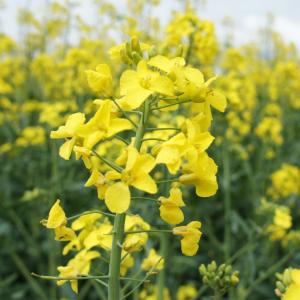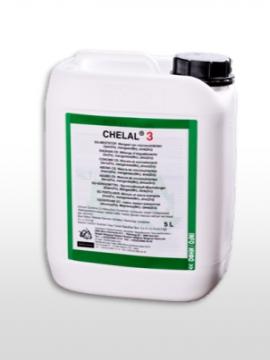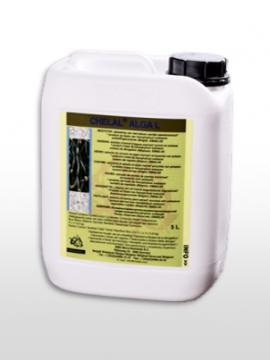You are here

Rapeseed / Canola
Moderate to high sensitivity to the deficiency of: Mg, B, Mo
Low to moderately sensitivity to the deficiency of: Fe, Mn
(the sensitivity to the deficiencies of these nutrients can vary in function of the variety)
From rapeseed to biofuel
In order to reach the Kyoto targets the EU encourages the production of biofuels, as one of the means to reduce the CO2 output above all in the transport sector. Rapeseed is one of the crops that produces a type of oil that is suitable for the transformation into biodiesel.
In this project agriculture, environment and industry reach each other the hand, to obtain a win-win-win-situation for all sectors involved.
One of the most important stimuli in the production of biofuels is the different fiscal regime for this type of fuels, which allows them to be competitive.
For the farmer it is naturally of outmost importance to realize an as high as possible financial return. The total yield is the main factor to reach this target.
Meso -en micro elements
Rapeseed is known for its sensitivity to sulfur and magnesium deficiencies, but also the trace elements boron and molybdenum play an very important role. Rapeseed is of the plant family ‘Brassicaceae”, all known for the high needs of these two elements.
Boron and molybdenum regulate some vital processes in the plant such as:
Boron:
- development of the meristems of the roots and shoots
- better flower but initiation and better flower fertility
- improves the use of water by the plants
Symptoms of boron deficiency
The symptoms of light boron deficiency are very difficult to distinguish visually, but can have already a significant effect on the seed formation, and thus the yield.
Symptoms of boron deficiency can be brown and necrotic spots on the stems, deformation of young leaves and cracks on the leaf stems. The plants remain smaller and the shoots could die off. Most of the boron is needed by the stems and shoots carrying the flowers.
Risk factors
Factors which increase the risk of boron deficiency are:
- soils with a low boron content: less then 0,5 ppm (mg/kg) (warm water extract)
- sandy soils (leaching, drought)
- pHKCl > 6,7
- liming on sandy and/or acid soils.
Molybdenum:
- essential for an efficient use of the Nitrogen
- activates the processes of various essential enzymes
The period of the highest risk of deficiencies is situated after the winter when the growth starts again.
Symptoms of molybdenum deficiency
The needs of the plants for molybdenum increase a lot at the beginning of the flowering. Symptoms of a deficiency on acid soils are well documented.
- light green leaves
- yellow-green discoloration
- asymmetric growth of the leaves
- splitting of the top of the leaves
Risk factors:
Risk factors for a molybdenum deficiency are:
- acid soils (pHKCl < 6)
- sandy soils
- soils sensitive for drought
- high concentrations of copper or sulfur in the soil
- cold and humid weather
- high concentration of Nitrogen in the soil
Molybdenum deficiency can easily be confused with sulfur and nitrogen deficiency.
Foliar applications are by far the most efficient way to apply boron and molybdenum. If they are applied in chelated form the efficiency of the application is still a lot higher because of the higher and faster absorbtion and the better translocation and the applied elements.
BMS Micro-Nutrients NV has a lot off experience with the application of chelated boron and chelated molybdenum in rapeseed. More then 10 years of field experiences has shown that the program of BMS Micro-Nutrients with Chelal BMo, Landamine BMo or with Chelal B and Chelal Mo combined gave systematically excellent results in France. On average the yield increased with 10 % independently of the type of soil, the different yearly climatologically circumstances and the different varieties (as well “0” as “00”).






